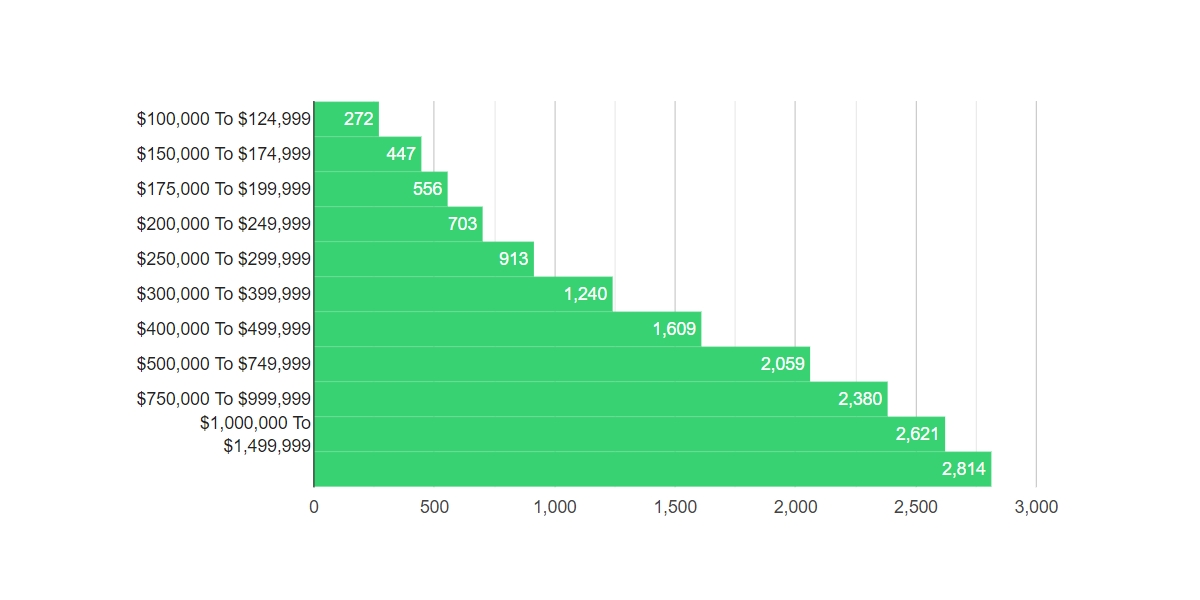
Many employers consider health insurance a crucial part of their compensation package. For the past 10 years, however, these benefits have been increasing in price. Increasing deductibles, prescription drug costs and health system pricing are among the reasons. These trends are leading to rising premiums and lowering wages. Employers are becoming frustrated with the rising costs and administrative burdens. Some are looking for non-wage alternatives.
Employers are increasingly using wellness programs through wearable technology. One survey revealed that 55% of employers have access to data from employees' wearable devices. While health insurance continues to be driven largely by rising prices, employers are increasingly looking at alternative payment methods to help their employees.
The Congressional Budget Office predicts that in the next ten-years, the number Americans who receive health coverage through employer-sponsored programs will remain at the current 159 million. That means health insurance will continue to be a tax-preferred alternative. In 2019, however, the cost for single coverage will exceed 9.86 percent of household income.

Premiums can be defined as the total cost of insurance. A quarter of American workers have a minimum $2000 deductible. In the US, around 25% of workers have a minimum $2,000. The self-insured policy saves money when there are fewer claims. If the claim is more than anticipated, the employer will have to pay an additional amount.
Small group rates are determined based on the employees' age. For example, in Massachusetts, workers under age 25 pay an average of $1186 per year, while those over the age of 25 pay about $6,896.
Larger employers have more control over plan coverage. Most large employers offer a biometric screen to their employees. They also provide a wellness program for employees and encourage them to go to lower-cost providers. The public sector also has the ability to tailor health care plans for employees.
Employers with 51-100 employees will be able to join a merged market for health insurance in 2016 under the Affordable Care Act. These employers will see premiums rise up to 9 per cent. State governments are also required to set a rate annually. Every year, those who don’t offer affordable plans will be subject to a $3480 penalty.

In order to comply with the ACA, some small employers must make additional contributions to subsidize health insurance for their workers. For example, in Massachusetts, employers are expected to contribute $50 per employee per year.
Despite these requirements however, there is still a decrease in the number of employers that offer health insurance. Many small employers are unhappy with the high cost of benefits after a decade of rapid growth. While most employers do not see an increase in their health insurance rates, some find it difficult to retain staff.
The difficulty in retaining employees is increasing as the unemployment rate stays low. This is a problem for employers. Employers will be penalized $2,320 per employee if they do not offer health insurance. Failure to comply with COBRA (a law that requires employers provide ongoing health care for their employees) can result in thousands of dollars in penalties.